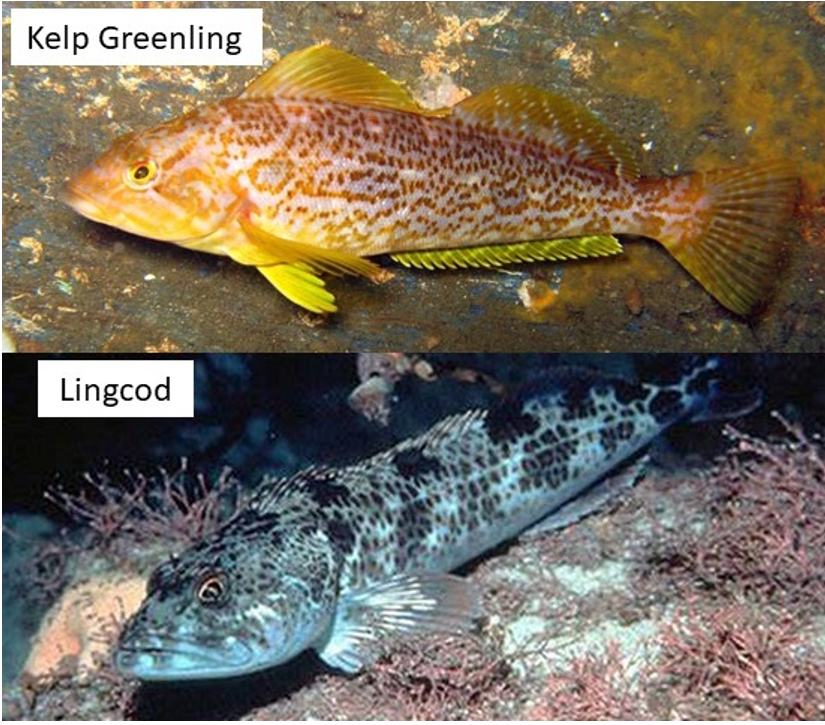Long-term Monitoring: The Importance of Accounting for Natural Variability
Marine ecosystems continuously experience change. Some changes are attributable to human influence (e.g., fishing, ocean development, an excess of atmospheric carbon dioxide) while other changes are due to naturally occurring variations in the system (e.g. seasonal upwelling, an El Nino event, the Pacific Decadal Oscillation). Timescales that these changes occur on can be on the order of decades. Short-term datasets are often insufficient to understand long-term patterns or determine if the marine ecosystem has become altered. Long-term datasets are therefore necessary for understanding the interactions between the physical environment, human influence, and changes in the marine ecosystem. For example, short-term hypoxic (low oxygen) and acidic (low pH) pulses of water are a natural phenomenon off Oregon. However, these events are predicted to become more common and severe with continued increased anthropogenic carbon emissions. Ongoing, long-term monitoring allows scientists to be able to differentiate between natural and human-derived changes in marine ecosystems over time.
Video Landers Tell Us About Relative Fish Abundance

One of the core monitoring tools that the ODFW Marine Reserves Program is using in our long-term monitoring of marine reserves are ‘video landers’ – or drop video camera systems – which are lightweight and a relatively cost-effective method to survey rocky reefs here in Oregon. Over the last decade ODFW developed several different configurations of video landers.
Our current video lander is a small tripod with three GoPro HD cameras. From a boat at the surface, the video lander is lowered down to the seafloor to then collect video data. We use a relative index of abundance called “MaxN” to count fish species with this tool. MaxN is the maximum number of fish observed in a single video frame on a video lander survey and helps us avoid ‘double counting’ individual fish.
Baseline Observations from Redfish Rocks Show Variability Year to Year
We started video lander surveys in 2010 at Redfish Rocks, two years before the reserve closed to fishing. In the figure below, we see trends for two of our most commonly observed species by this tool at this site: Lingcod and Kelp Greenling.

Apparent is how variable our observations of these two species have been during these first 6 years of monitoring. With Oregon’s cold water, temperate marine ecosystem – where many species are long-lived and slow to grow and mature – scientists project a minimum of 10-15 years after extractive activities (e.g., fishing) have ceased before we might begin to scientifically detect any ecological changes due to marine reserve protections. Instead, our baseline data provides valuable information about how our estimates of these populations naturally fluxuate year to year. This will allow us to better detect any long-term signals of change due to the reserve protections in the future.
